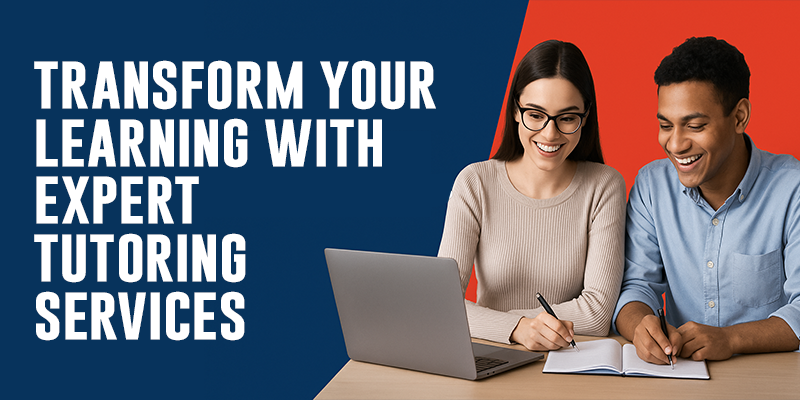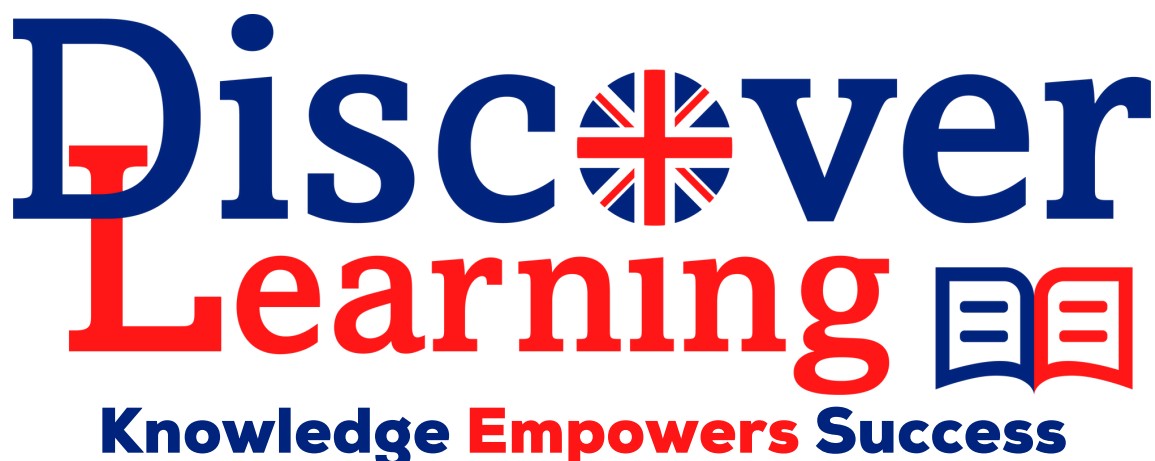
At Discover Learning, we recognize that every student’s journey is unique. In the digital age, traditional teaching methods must evolve to prepare learners not only for exams but for 21st-century challenges. Our expert tutoring services blend individualized instruction with innovative approaches—such as coding integration into mathematics—drawn from the latest research in secondary education. By combining personalized lesson plans with computational thinking exercises, we empower students to master content, develop critical problem-solving skills, and build lasting academic confidence.
Personalized Attention and Specialized Expertise
1. Initial Diagnostic Assessment We begin each engagement with a comprehensive diagnostic assessment, identifying knowledge gaps and learning preferences across visual, auditory, kinesthetic, and reading/writing modalities. This baseline informs our customized curriculum, which integrates coding-infused math problems—such as algorithmic pattern recognition and data representation tasks—to deepen conceptual understanding.
2. Expert Tutor Profiles Our tutors hold advanced degrees in mathematics, computer science, and education, with professional certifications in teaching coding within math curricula. They undergo ongoing professional development inspired by the Sequential Explanatory Design model—combining quantitative diagnostics with qualitative reflection to refine instructional strategies. Tutors seamlessly blend mathematical theory with hands‑on programming exercises, using Python or block-based platforms to illustrate abstract concepts, from recursion to geometric transformations.
Active Learning Techniques
3. Problem-Based Coding Integration Drawing on the thematic benefits of coding integration, our sessions present students with real-world challenges—such as optimizing resource allocation through simulation or modeling population growth with loops and functions. These problem-based tasks enhance engagement by 20% and boost analytical skills by 15%. Through iterative development, learners decompose complex problems, write algorithms, and visualize outcomes, solidifying both coding proficiency and mathematical fluency.
4. Collaboration and Peer Learning Small-group pairings foster collaborative engagement, where students share code snippets, debug together, and present solutions. This mirrors best practices for learning communities, leveraging platforms like Google Colab and GitHub Classroom to facilitate synchronous and asynchronous collaboration.
Measurable Outcomes
5. Performance Metrics We track progress via formative and summative assessments: quiz scores, coding project evaluations, and reflective journals. Data analytics dashboards reveal improvements—on average, a 25% increase in math test scores and a 30% rise in computational thinking assessments within four months. Parental surveys report a 90% satisfaction rate, citing enhanced problem-solving confidence and greater enjoyment in STEM subjects.
6. Success Story Snapshot A Grade 10 student struggling with trigonometry transformed their performance by coding interactive sine wave visualizations, leading to an A grade and selection for a regional coding competition. Their testimonial highlights increased motivation, clearer conceptual grasp, and newfound passion for STEM—testaments to Discover Learning’s integrated tutoring approach.
Conclusion
Discover Learning’s expert tutoring services go beyond homework help. By incorporating evidence-based coding integration into our personalized methodology, we prepare students for academic success and the digital demands of tomorrow’s world. Contact us to schedule your first session and unlock your full learning potential.

